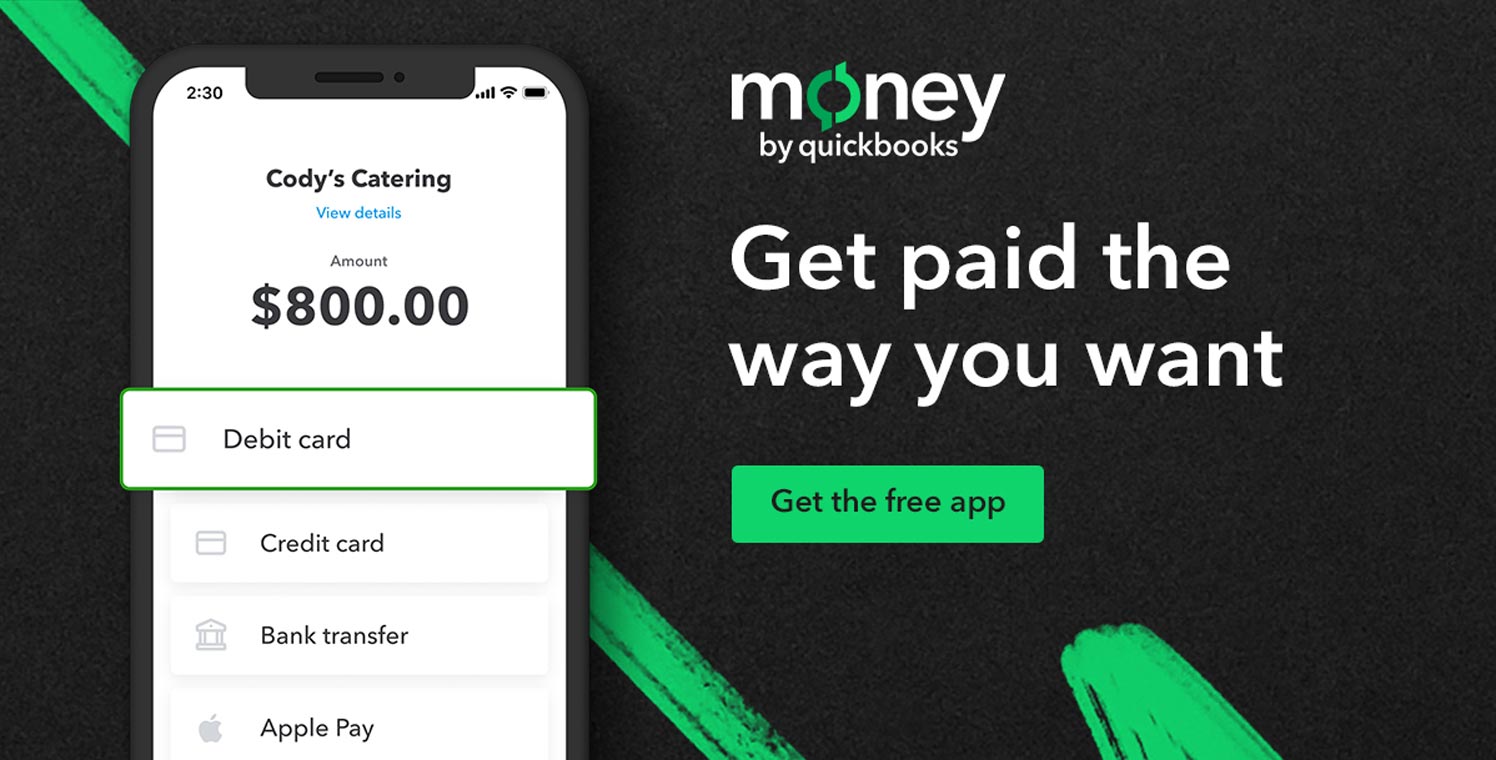In theory, getting paid as a small business owner sounds simple: You do the work and you get your money.
In reality, many entrepreneurs admit that it’s a little more complicated than that—and getting that money late (or, even worse, never) can cause some major cash flow headaches.
Think you’re powerless beyond crossing your fingers and hoping that your clients and customers shape up and settle their bills? Think again. Knowing how to follow up on past due invoices can help you get the money you’re owed.
- What is a past due invoice?
- How to follow up on past due payments
- 1. Agree on a preferred invoice payment method up-front
- 2. Make it clear on the invoice what your customer is paying for
- 3. Establish a process for following up on past due invoices
- Payment follow up email templates
- A few days ahead of the payment due date
- Day 1: The payment due date
- Day 15: Two weeks late
- Day 30: One month late
- Day 60: Two months late









